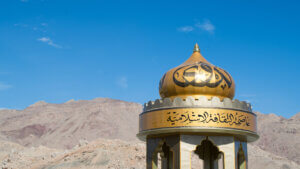
South Africa is home to many tribes and a rich history. We will be focusing on two of the largest South African groups: the Zulu and the Xhosa. First off, we discuss the Zulu concept of death as pollution as well as all their effort of cleansing it. This includes, for example, specific herbs and slaughtering animals. However, there are noticeable differences between the grieving practices of widowers and widows. The latter may even experience sexual assaults during the official mourning period.
Xhosa funeral practices share some similarities with those of Zulu. A typical Xhosa funeral, for instance, includes purifying and ancestral rituals. Moreover, the most famous Xhosa funeral is perhaps that of no other than Nelson Mandela, anti-discrimination activist. Finally, we finish this article by addressing how funerals took place during apartheid, as well as in a post-apartheid South Africa.
Many occupants of the Zulu Kingdom view death as a particularly dangerous sort of pollution. The source of this pollution is the body of the deceased and it directly affects close relatives and loved ones. Moreover, contaminated relatives may also spread this death pollution in society as well. As a result, in many Zulu communities most family members need to go through elaborate rituals of purification and cleansing. That can even last for the whole duration of the mourning period.
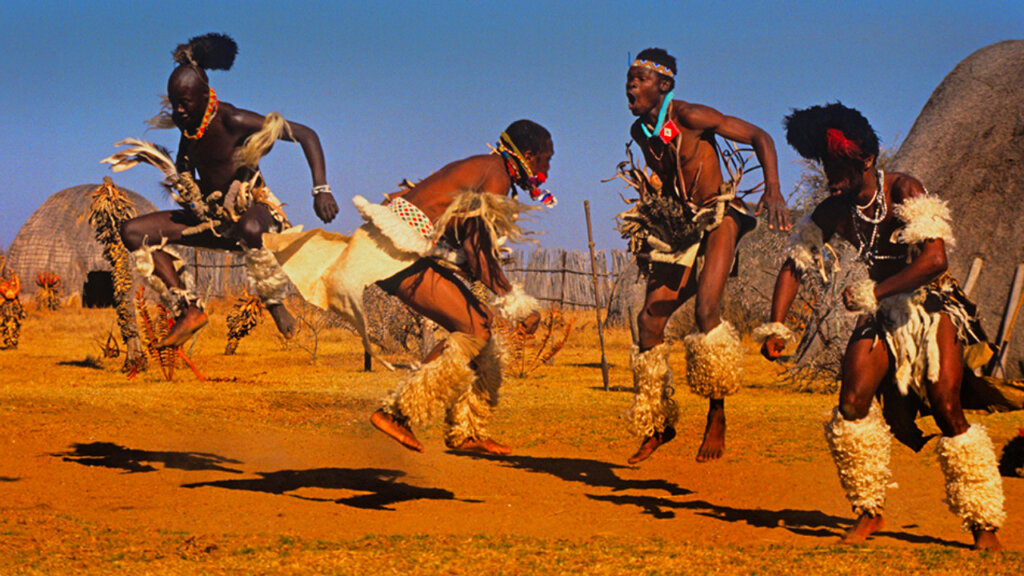
Zulu perform ritualistic animal killings as a means of cleansing away the pollution of death. For example, they slaughter a goat (or an ox occasionally) in order to wash away this pollution. This applies to relatives but also people who participated in the process of burial. They can, thus, clean themselves from the polluting presence of death. Additionally, what is crucial here is an animal’s chyme. This refers to semi digested food that is still in the digestive tract.
It is also worth mentioning that Zulu use the chyme of an animal for cleansing only, not sacrificial purposes. Some researchers are also suggesting that Zulu choose chyme over other substances because it creates shades of different colors. After all, this result would not be achieved with normal soap water.
A crucial part of the purification rites that take place is also the use of different plants and herbs. Furthermore, it is the above all the use of umsuzwane (scientific name: Lippia javanica) for both the dead and the living. But what is the process of preparing the community and the body for a funeral?
Firstly, Zulu partaking at a burial use a mix of roots and leaves to purify their hands but also the tools they use. They also repeat this action both before and after the burial. Family members may then use umsuzwane to ward off evil spirits. They sometimes also use dried stems to sweep graves clean. Yet another significant rite that takes place is the ritualistic herbal bath of the body.
Moreover, Zulu use this to also prevent any foul odor coming from the corpse. In the case that such an odor is already present, they might put umsuzwane in the deceased’s nostrils. Umsuzwane-based rites are also mostly for the particularly poor Zulu. In other words, for Zulu who could not afford killing an animal.
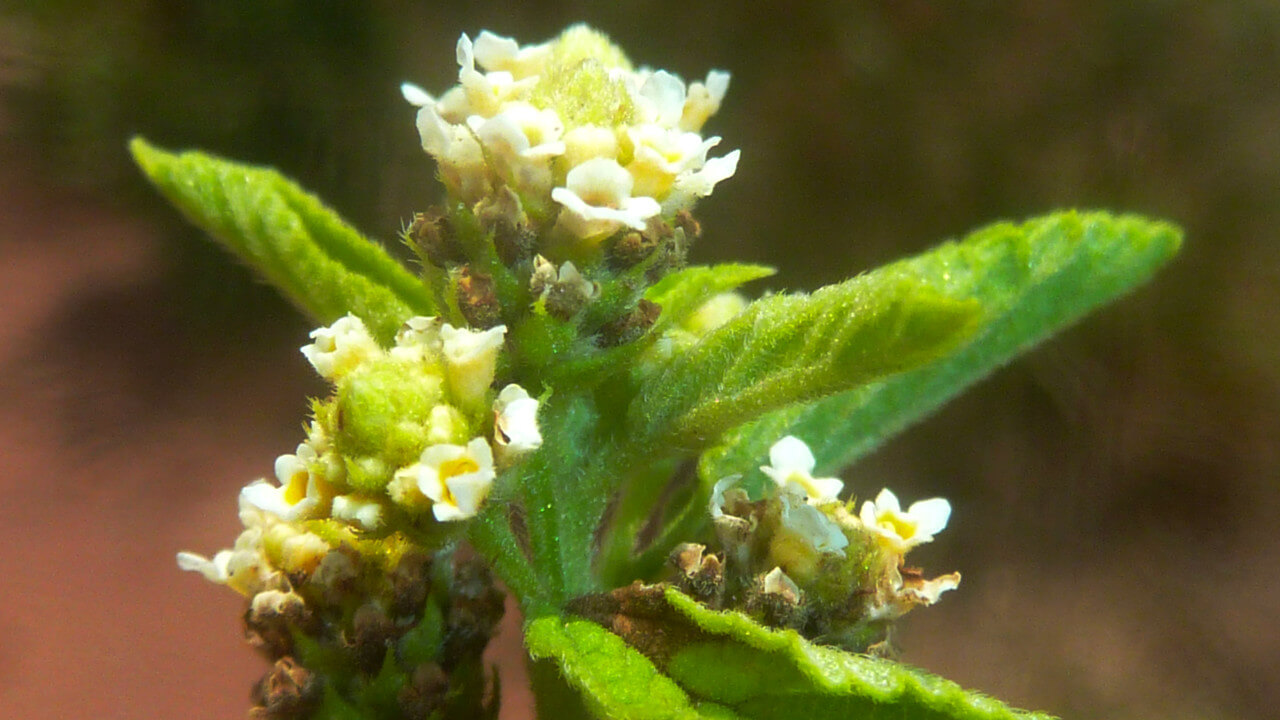
The above indicates that umsuzwane can function as a substitute of an animal’s chyme. However, Zulu death traditions mention another, even more fascinating kind of substitution taking place.
We are talking about what the tree the Zulu (as well as Xhosa and Ndebele) call umphafa. Umphafa has many medicinal as well as spiritual uses. For instance, umphafa branches are used to summon ancestral spirits of the dead. The same branches, though, function sometimes as a substitute for the deceased person. Umphafa branches also allow for the spirit of the deceased to return home in case they died away from it.
And we do not mean that metaphorically only. Umphafa twigs and branches seem to embody the deceased and are transported by home to their original house. In case, for example, people use public transportation to bring these branches back home, they tend to buy a separate ticket for the deceased. This way the spirit of the dead is not left alone but actually manages to return back home until they receive a proper burial.
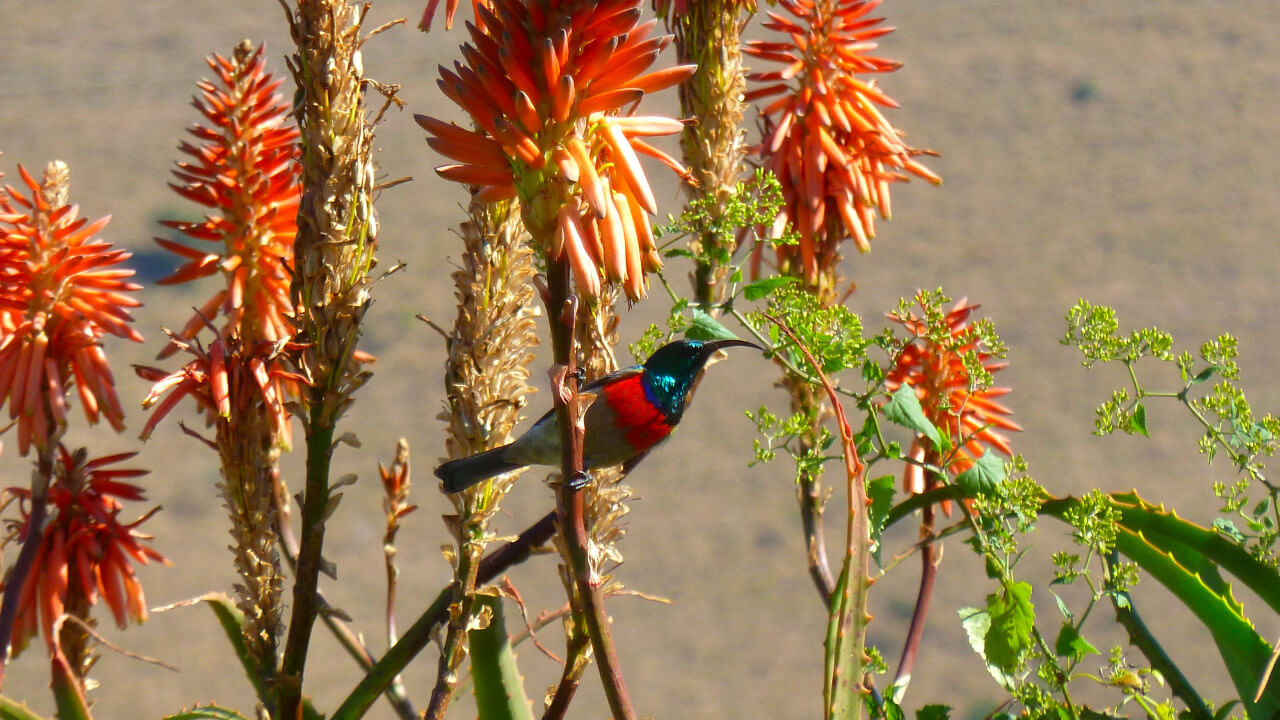
We mentioned above that Zulu often perceive death as a source of pollution. However, it is also bringing misfortune (“umnyama”) to all members of the household. This misfortune does get washed away with the rituals we described above. In most cases at least – widowers and, especially, widows are a different story, though.
Widows, for instance, have to go through a much more thorough rite of purification due to her closeness to the deceased. This is als why many widows experience social stigma upon the death of their spouse. In other words, their presence in the society would function as a constant reminder of death.
Moreover, it is usually the in-laws that organize these rites for the widow. The ritual takes place after the one year mourning period that traditions dictate. For widowers this is much shorter and usually they need to undergo much simpler rites. As a result the social reintegration of men is much shorter. The widow must also very clearly exhibit the deepness of her loss.
Additionally, she is only allowed to dress black and often she needs to shave her hair. On the contrary, men may show little grief in public since they need to appear strong and in control of themselves. This will also make them good candidates for a potential new marriage soon.
The extended lengths women have to go to show grief but also the way they are avoided, is often referred to as the shadow of death. These gender differences become much more apparent, though, during the cleansing ceremony.
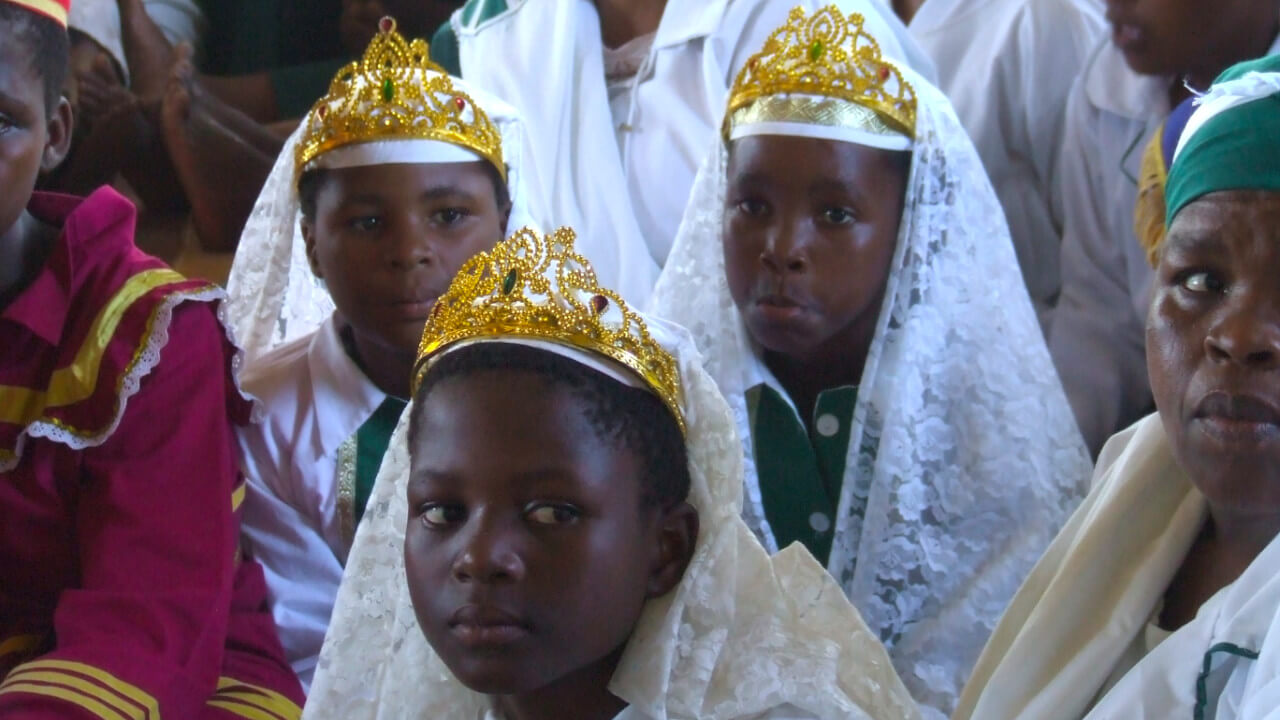
Usual cleansing ceremonies for the widow indeed take place. That includes the aforementioned slaughter of a goat. In a twist of event for many readers though, the brother of the deceased is then having sexual intercourse with the widow. This way, the spirit of the dead can truly be appeased, according to Zulu beliefs.
This so-called sexual cleansing. Such acts are in most cases involuntary, constituting thus rape. Therefore, rites of sexual cleansing are not only brutalizing for the widow but additionally expose her to many potential STIs. After all, South Africa is facing the biggest HIV epidemic in the world. It is also worth pointing out perhaps that such concepts of widowhood are not discussed often, precisely because they do not affect men.
We have analyzed what happens to both men and women in Zulu communities upon someone’s death. What happens, though, to the soul of the deceased?
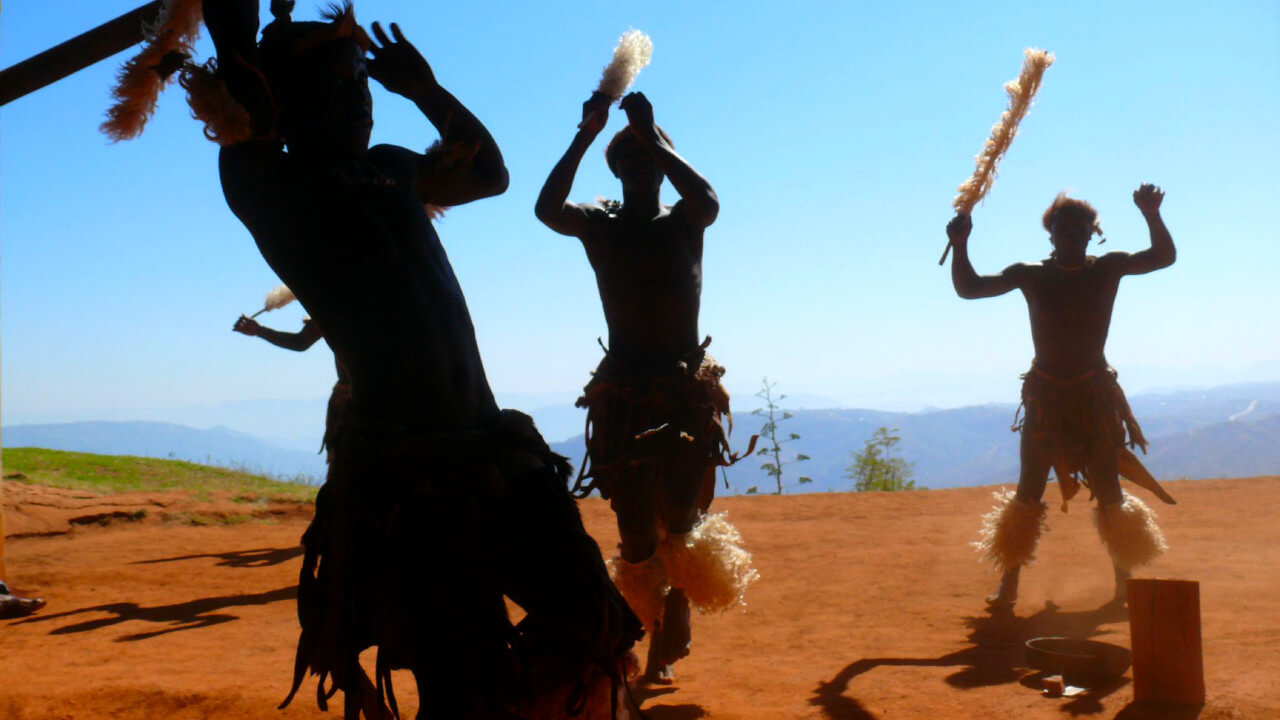
Zulu culture sees death as a transition from our world to the next. Moreover, the deceased is then reunited with their ancestors – obtaining the same status. Finally, once officially an ancestor, the deceased becomes very interested in the matter of the living. Unsurprisingly, the death of a spouse reflects these ideas too. Using certain rituals, family members can help the deceased to become an idlozi elihle, an ancestor that provides good fortune. Moreover, by burying the deceased close to their home, Zulu make sure that the dead will remain happy and provide blessings to the family.
Gender differences are also present here in terms of what is needed to turn the deceased into an ancestral spirit. For women the slaughter of a goat is deemed enough. This takes place to help the spirit go back home, where they can unite with other ancestral spirits. However, that is not enough for when a man’s spirit is brought back home. Specifically, Zulu usually also kill a cow to help with this homecoming ritual.
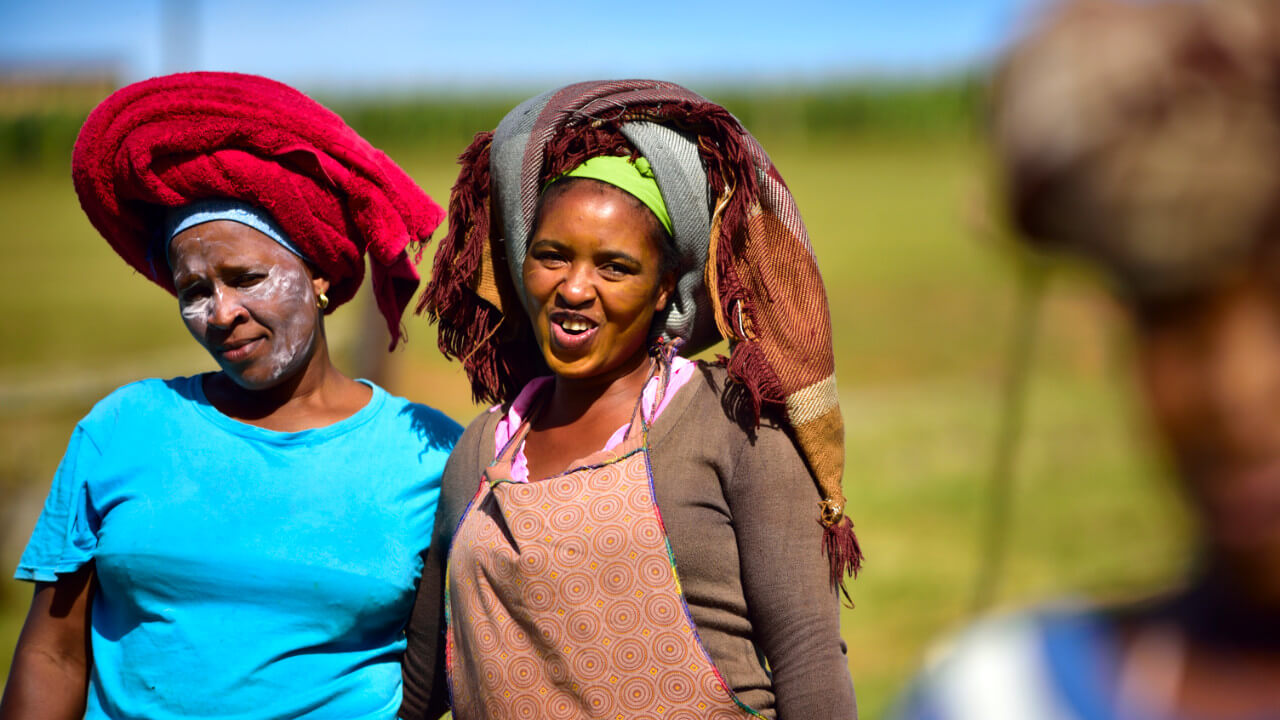
Rituals for ancestral spirits exist not only in Zulu traditions but in those of the Xhosa too. Specifically, it seems that these spirits act as messengers of God bridging our world with the divine. This communication with dead relatives traditionally takes place through dreams. Due to this significance, Xhosa perform certain rites to ensure that they remain in their ancestors’ good graces. One of these rituals is the umkhapho (translating directly “to accompany”) and it is actually the clan chief that leads the ceremony.
Additionally, Xhosa believe that through the umkhapho they can retain a link with the deceased. This way the deceased will provide good fortune once he or she has become an ancestor.
Xhosa funerals do not come with an invitation – anyone can attend them. However, that means that the family does not know how many people are attending, making preparations complicated. As a result families originally provided attendees with inkobe – a mixture of boiled corn and water. Nowadays, this is not a common practice. Instead, families chose to hire professional caterers, often spending a lot of money on such an event.
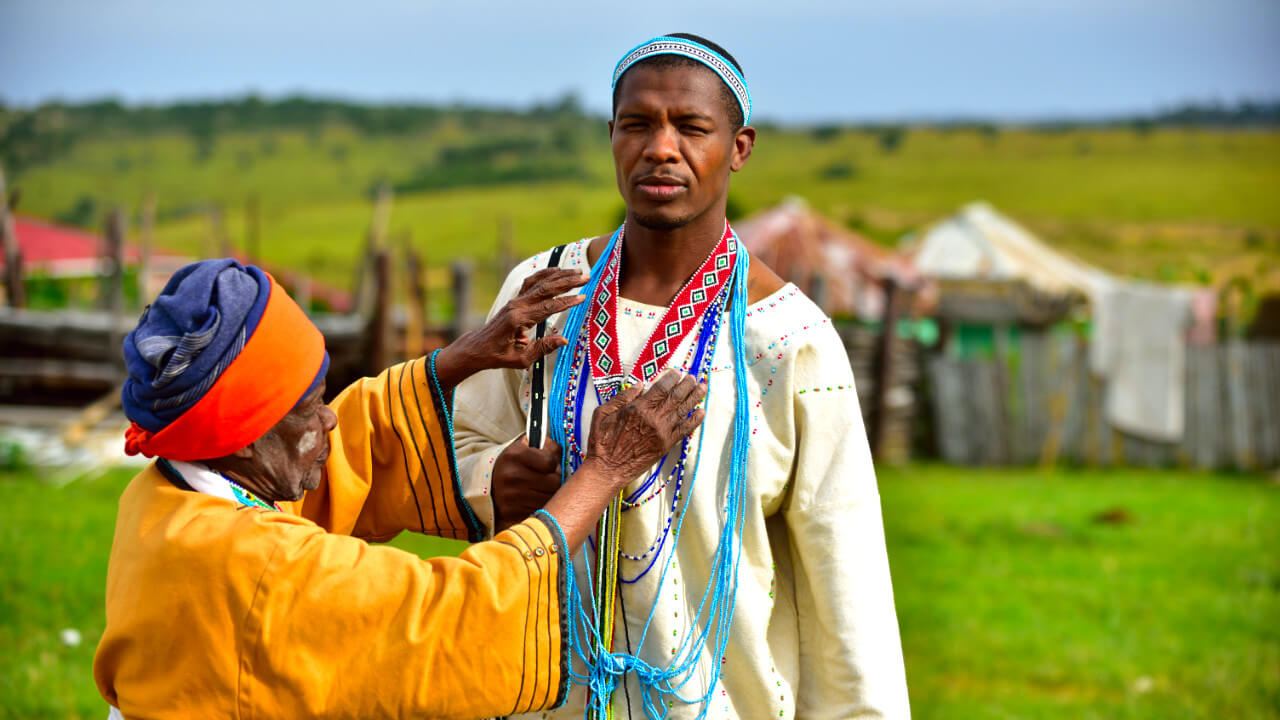
Another interesting death custom is the indlu enkulu – or emptying the bedroom. This refers to the main bedroom of the house. After all, it is there where the loved ones can pay their final respects to the deceased. By emptying the room, relatives literally (and metaphorically) create a space to mourn and pay respects.
It is also important that cleansing rituals (‘ukuxukuxa’) takes place both directly before and some days after the burial. Before burying the dead, Xhosa usually slaughter an animal. A day after, women are tasked with washing the deceased’s belongings – washing the death away. Like Zulu, Xhosa often shave their hair too, indicating that life continues after the passing of a person just like hair will grow again.
A great example of a Xhosa funeral is the rites performed for its most well-known member: Nelson Mandela.
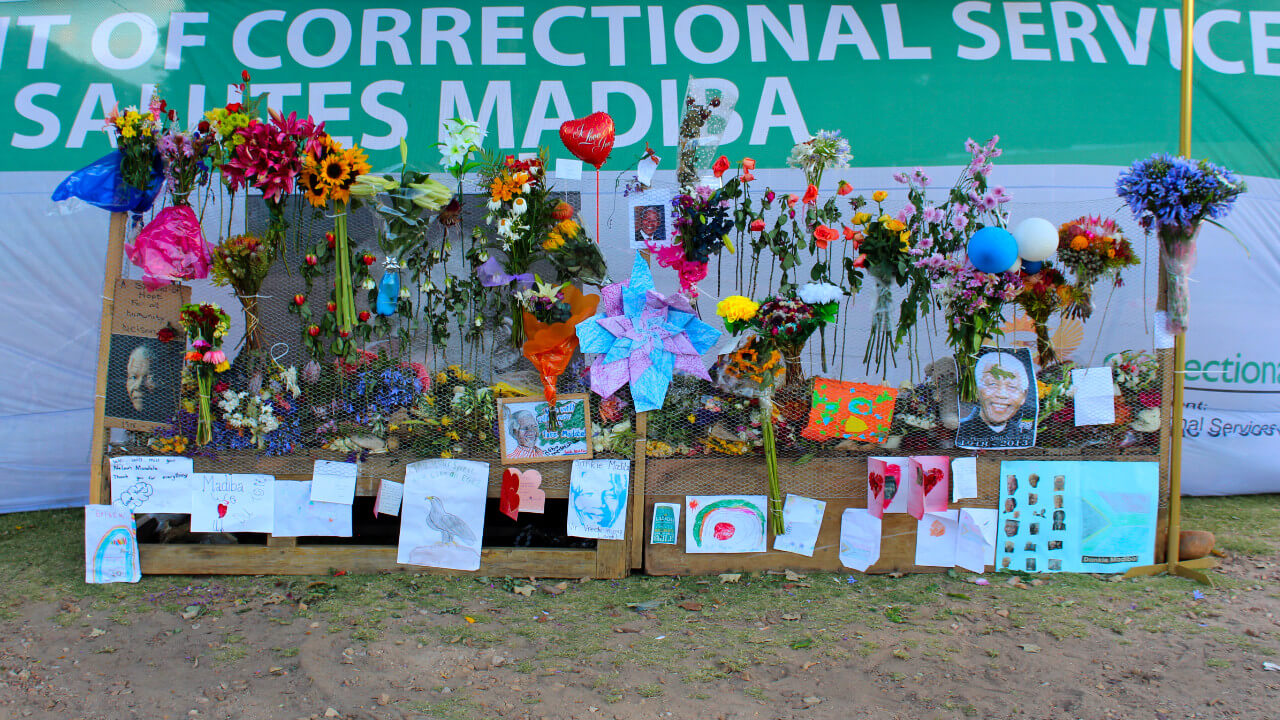
World renowned South African activist and philanthropist, Nelson Mandela fought racial discrimination with passion. His passing affected not only his Xhosa community but quite literally the whole world. Mandela died in 2013, receiving a state funeral which was attended by over 4.500 people! Almost the entire funeral was broadcasted globally. This did not include the actual burial however since Mandela’s family asked this to be a private affair.
In addition to many traditional Xhosa customs, Mandela was given additional honors. For example, that included 21 gun salutes and military jets flying to pay the highest of respects. Finally, dozens of dignitaries and heads of state attended Mandela’s funeral. The final part of this article discusses how funerals took place during and after apartheid, which Mandela fiercely fought.
Briefly, apartheid refers to the institutionalized racial segregation and discrimination that occurred in South Africa until the late 20th century. Moreover, the white minority of the country was in control of political, social and financial resources. Apartheid has defined South African history and culture and funerals are not an exception. For example, many funerals during apartheid had adopted a more political tone, often with people chanting anti-discrimination messages.
Generally speaking, researchers have supported that funeral rites often bring a community together and may even affirm cultural identities. South African funerals during apartheid, however, reflected on the divided nation’s discrimination. Colonialism and Abrahamic religions brought from European conquerors mixed with indigenous practices were also present during many such funerals. It is not a surprise, thus, that apartheid funerals were not only about mourning but also establishing communal identities.
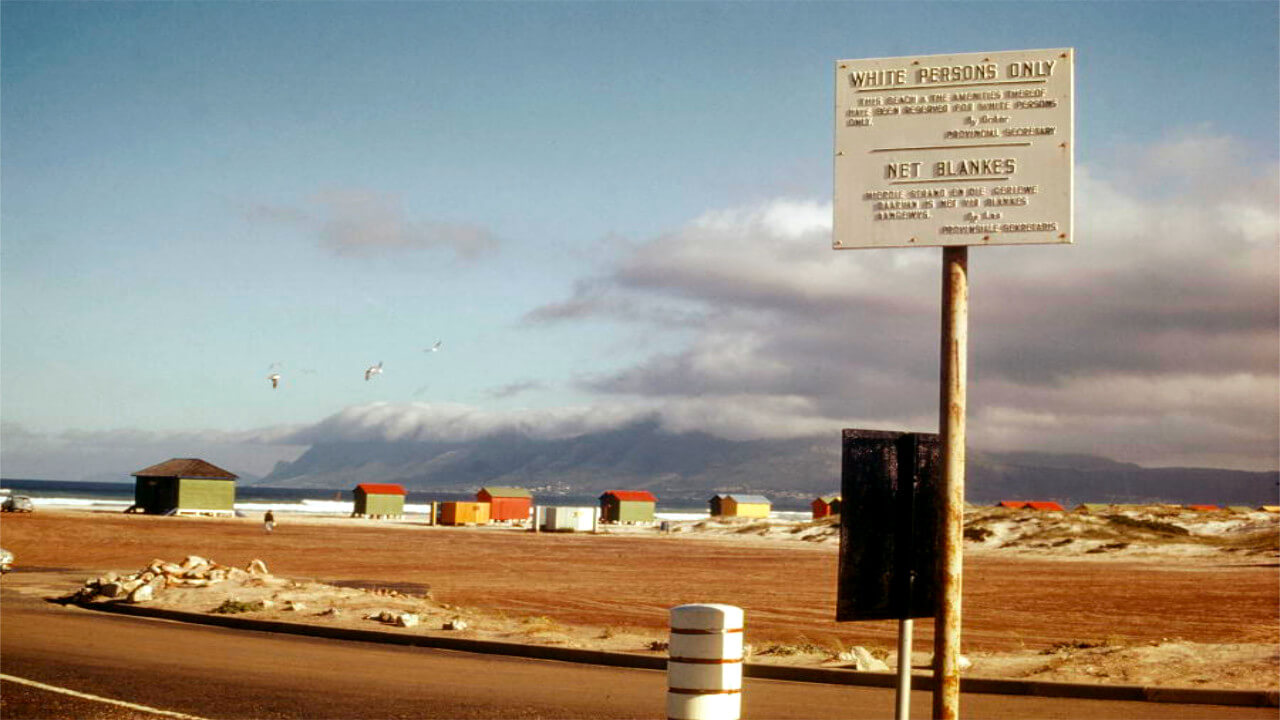
Interestingly, post-apartheid some novelists have attempted to re-focus on the mourning aspects of traditional funerals. Therefore, novels written post-apartheid but that are set in that time period sometimes tend to highlight how loss and grief are expressed by different populations in South Africa. Researchers have pointed out that approaches focusing on personal loss may offer a new opportunity for families and communities to grief.
With discrimination being far from over, it would be very interesting to see how funeral rites are going to continue evolving in South Africa.
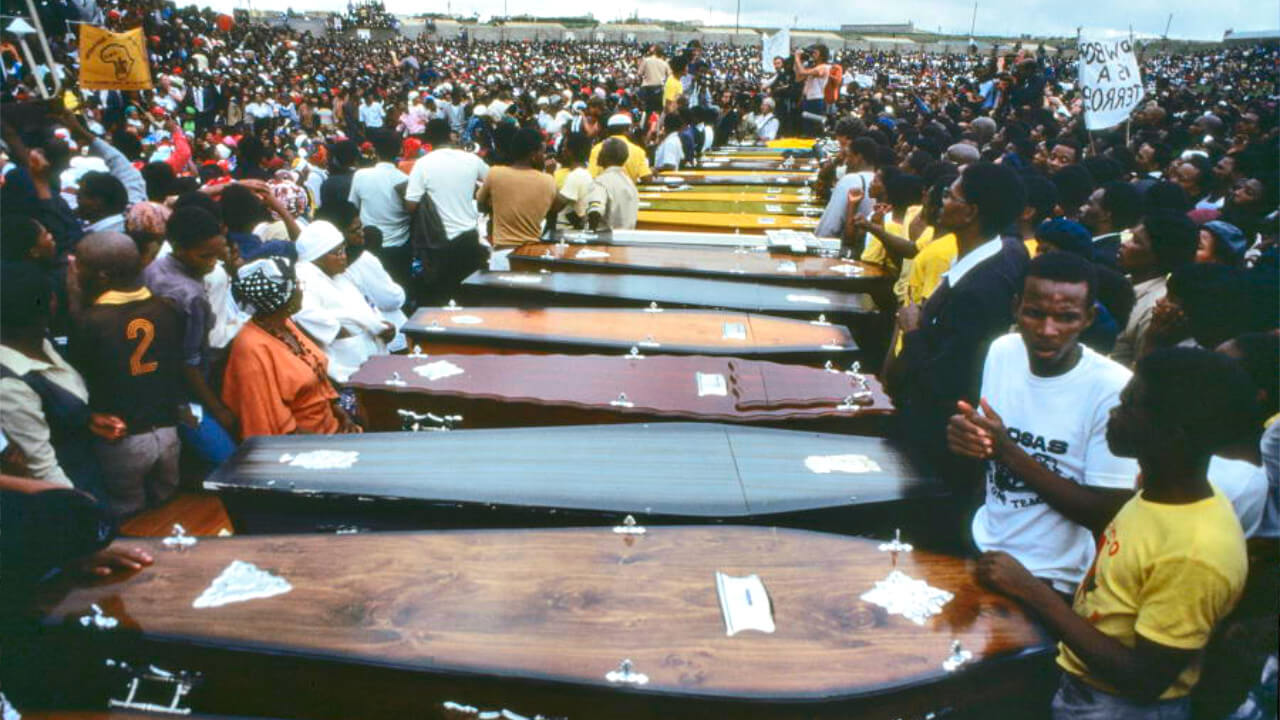
We hope you learned something new regarding this country’s death practices!
If you want know more about other context where death is seen as pollution, feel free to check out our Ancient Italy or Iran’s Zoroastrianism articles. For other African funeral practices have a look at our articles on Ghana, Nigeria and North Sudan or South Sudan.
The average mixed death rate of South Africa is 9,398 per 1.000 people (2019).
Time of burial heavily depends on certain factors. The most significant one is probably the deceased’s religious background. For example, Christians bury their dead within a maximum of two weeks after death. Jews and Muslims, instead, bury the dead as soon as possible. Beyond religion, ethnic and tribal identity is also crucial at planning a funeral. Additionally, the deceased’s social status and position is also very important. For instance, the Zulu nation recently buried Goodwill Zwelithini, the latest King, in a grandiose ceremony that needed to be properly organized. As a result the ceremony took place days after his death.
Christianity is by far the most dominant religion in South Africa. Specifically over 70% of the population identifies as Christian according to a community survey of 2016. The largest denomination is the African Independent Church (25,4%) followed by Pentecoastal (15,2%) and Roman Catholic (6,8%). The non-Christian religion with the largest following is a group of traditional African spiritual practices (4,4%). Finally, 10,9% of South Africans do not identify as religious.
According to the Organ Donor Foundation & South African Transplant Society, the rate of utilized organs in 2016 was 1,29 per million population. That corresponds to 72 transplants in that year – which also accounts for 100% of the registered donors that passed away.